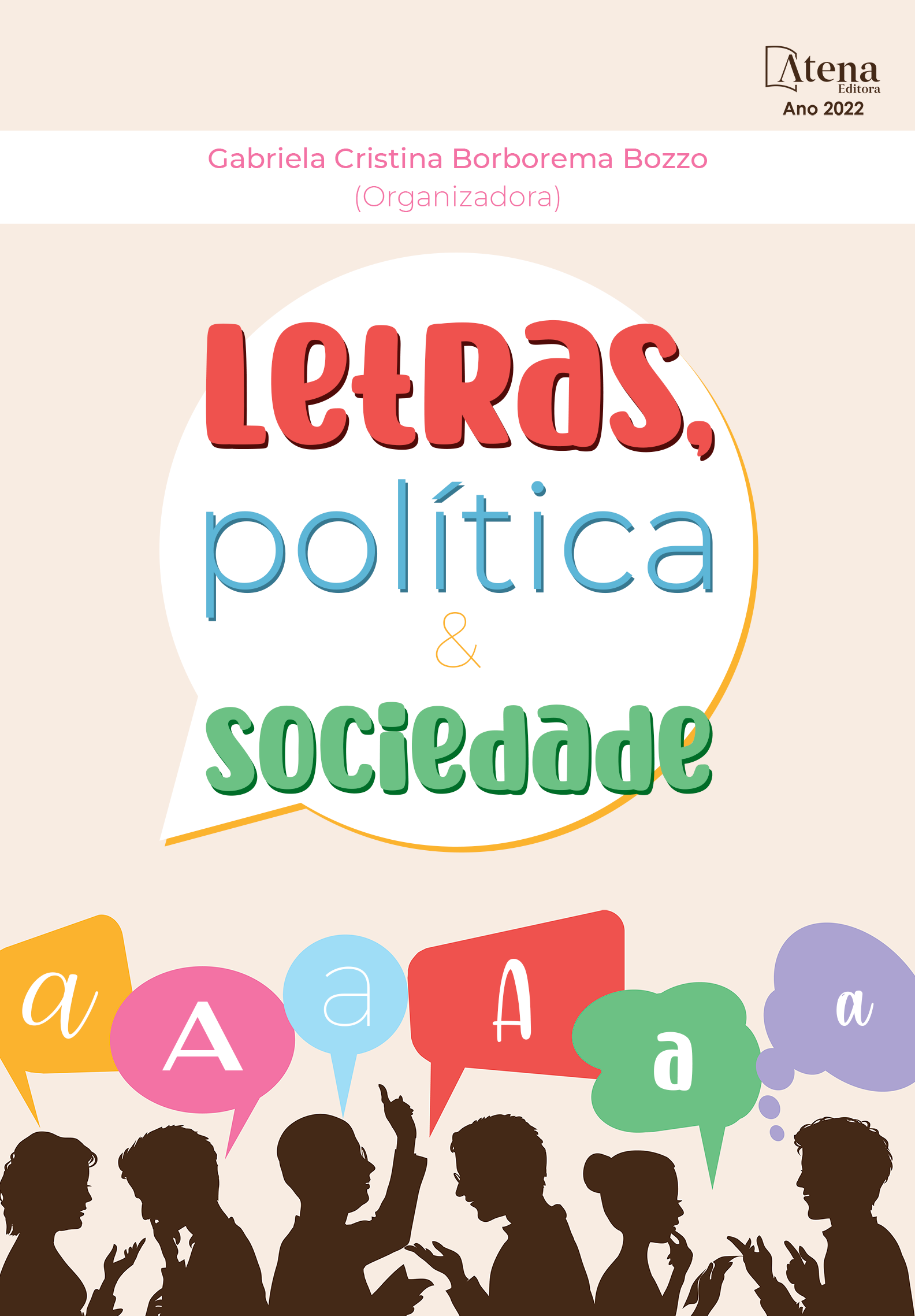
INTERDIÇÃO E NÃO DITO EM DUAS ‘MANCHETES’ DO G1
Este artigo procura mobilizar dois conceitos distintos: interdição, de Michel Foucault, e não-dito, de Orlandi, de modo que se possa compreender de forma mais teórica os fenômenos que impedem a linguagem da imprensa de se posicionar. Diante disso, procurar perceber os reflexos dessa busca por uma transparência que gera opacidade, o que gera um discurso, talvez, mais perigoso que o próprio pronunciamento aberto, pois as ideologias ali incutidas ficam escamoteadas por detrás de uma “neutralidade” que, por vezes, se pode observar, mas geralmente permanece invisível, pois esses textos não são lidos unicamente por especialistas em linguagem ou comunicação, mas pela população de um modo geral, a qual desconhece as relações de poder estabelecidas pela língua(gem).
INTERDIÇÃO E NÃO DITO EM DUAS ‘MANCHETES’ DO G1
-
DOI: 10.22533/at.ed.3322231039
-
Palavras-chave: Discurso; Não dito; Interdição; Manchete.
-
Keywords: Discourse; Unsaid; Interdiction; Headline.
-
Abstract:
This paper intends to investigate two different conceptions: interdiction, discussed by Michel Foucault, and unsaid, based on the thoughts of Eni Orlandi, in order to understand the phenomena of the press language that prevent its positioning. Therefore, it is necessary to realize the implications of this search for transparency that creates a discourse, perhaps, more dangerous than a clear speech, since the ideologies remains behind a “neutrality”, that usually stays invisible, because a lot of people read these texts, and many of them do not know about the power relations established by language.
-
Número de páginas: 8
- Raínne Fogaça da Silva
- Diego Rodrigo Ferraz


